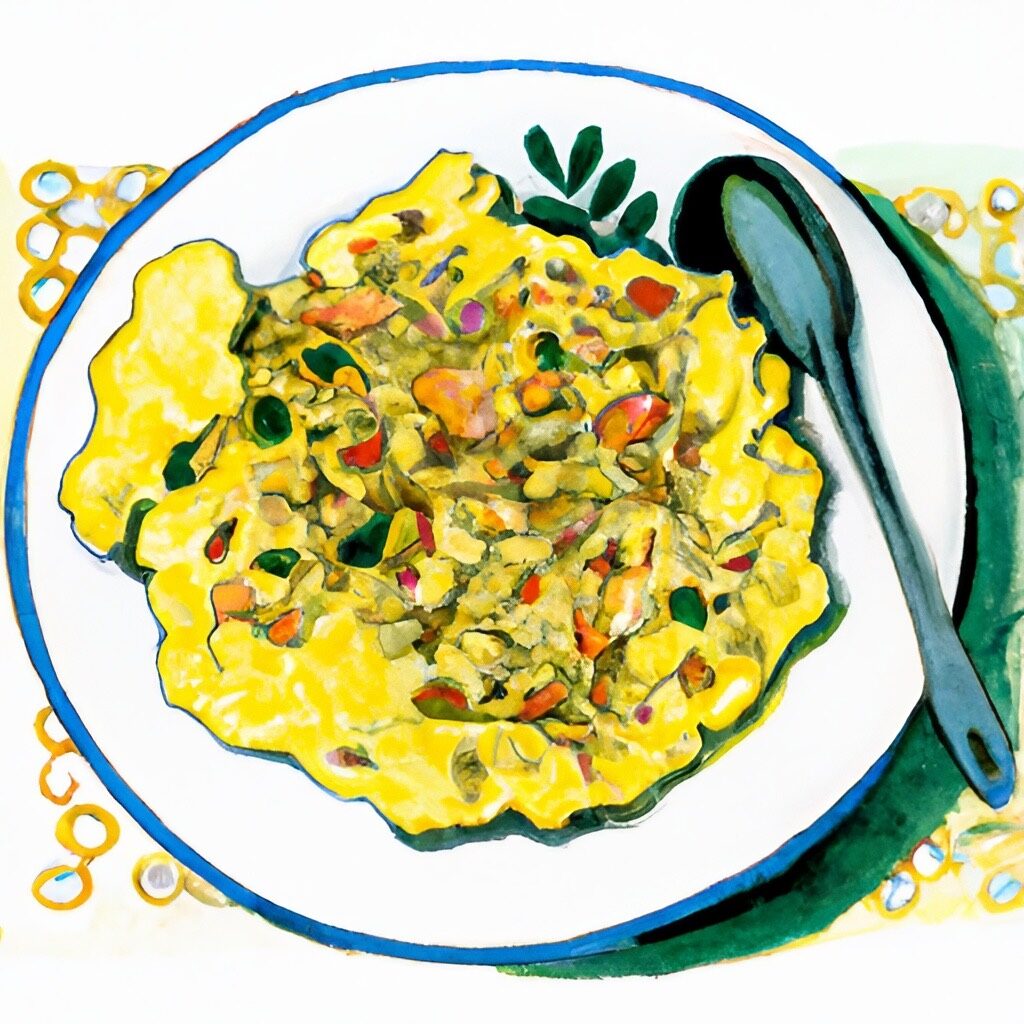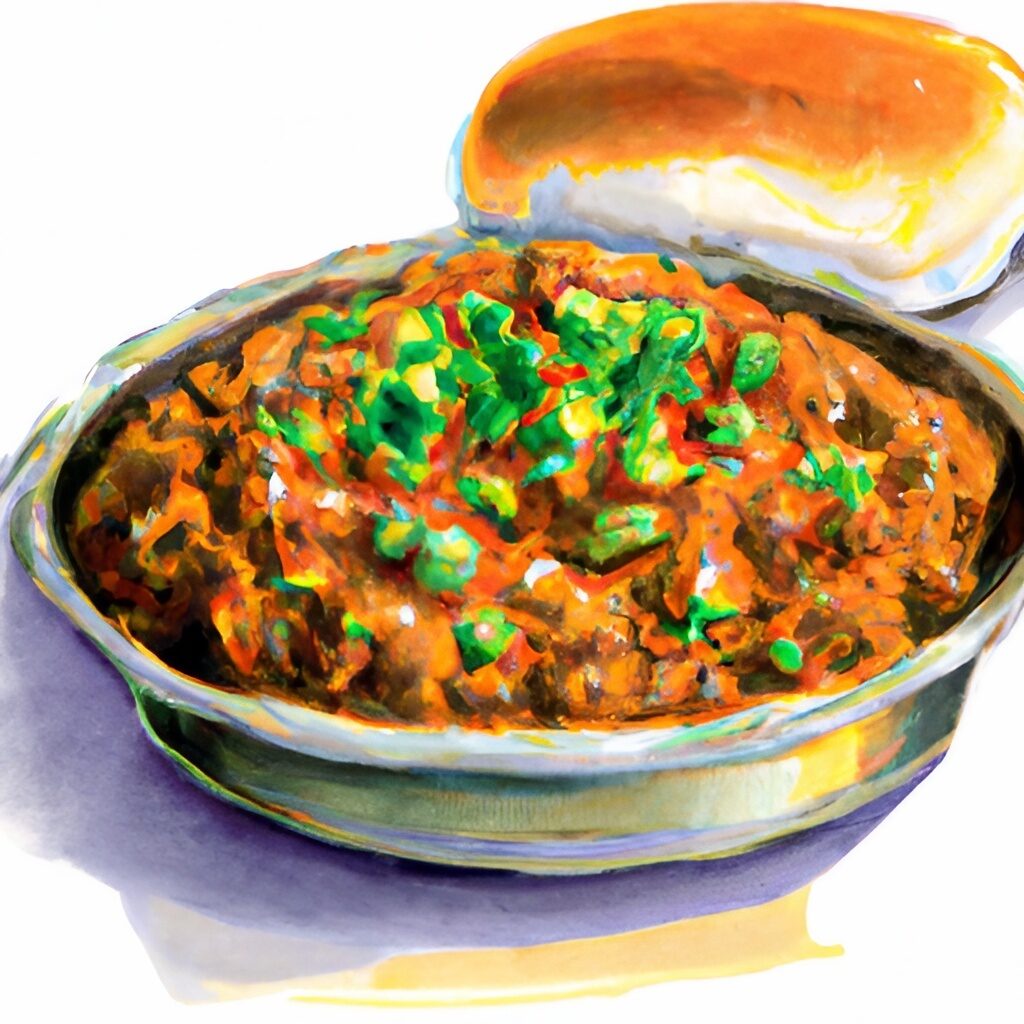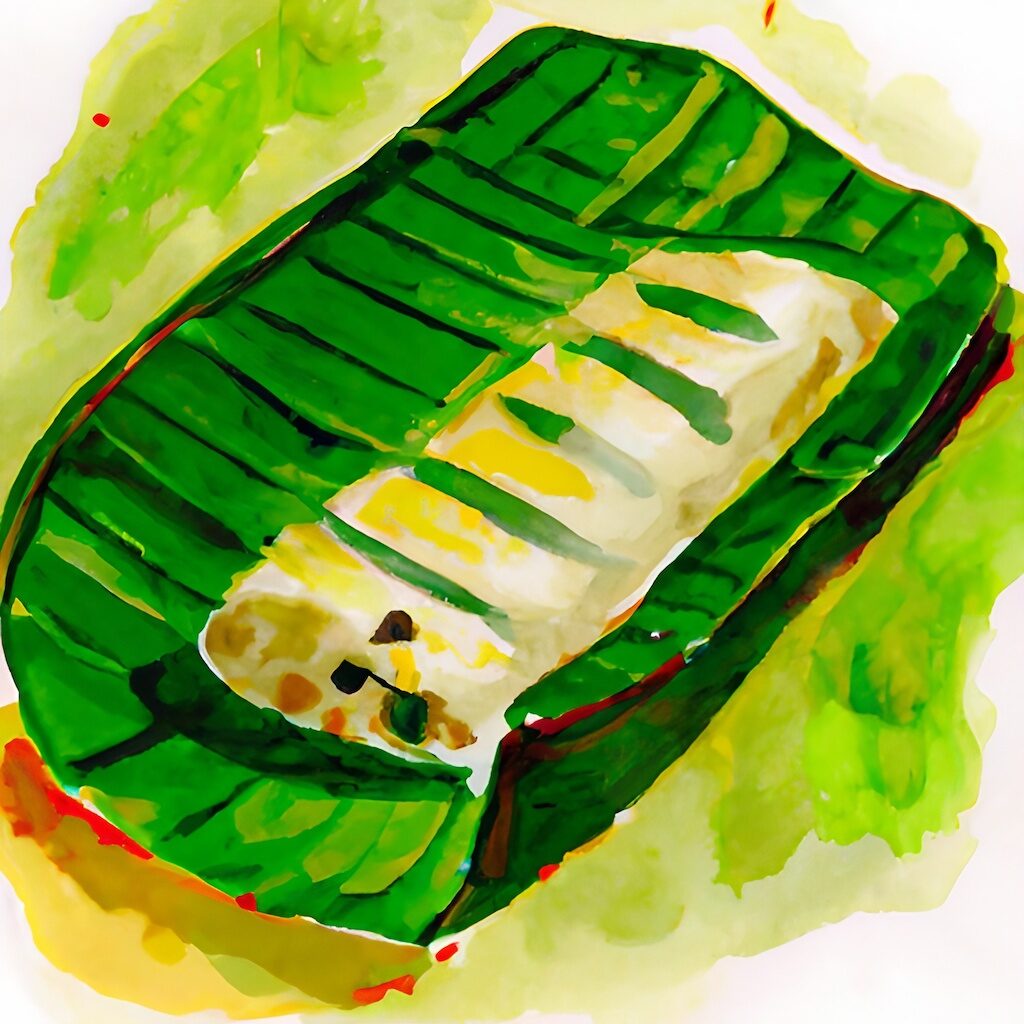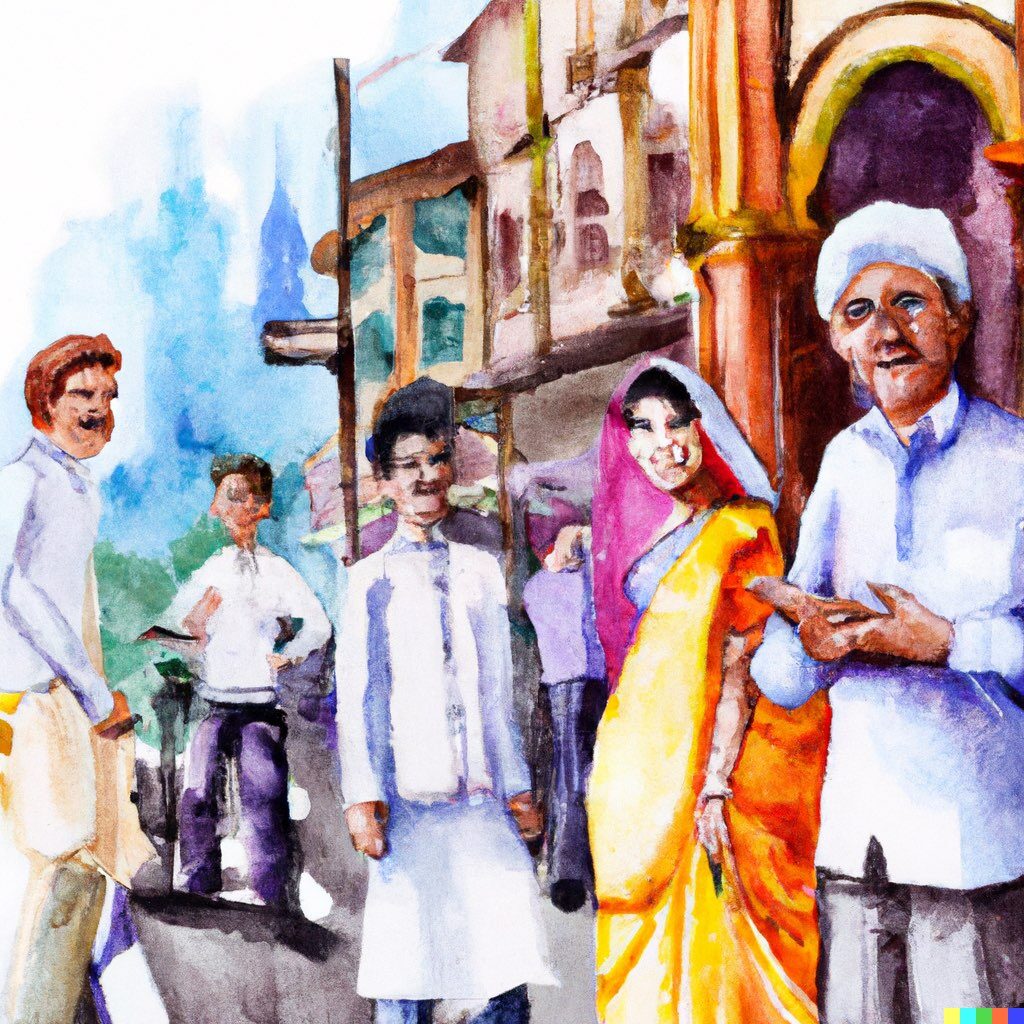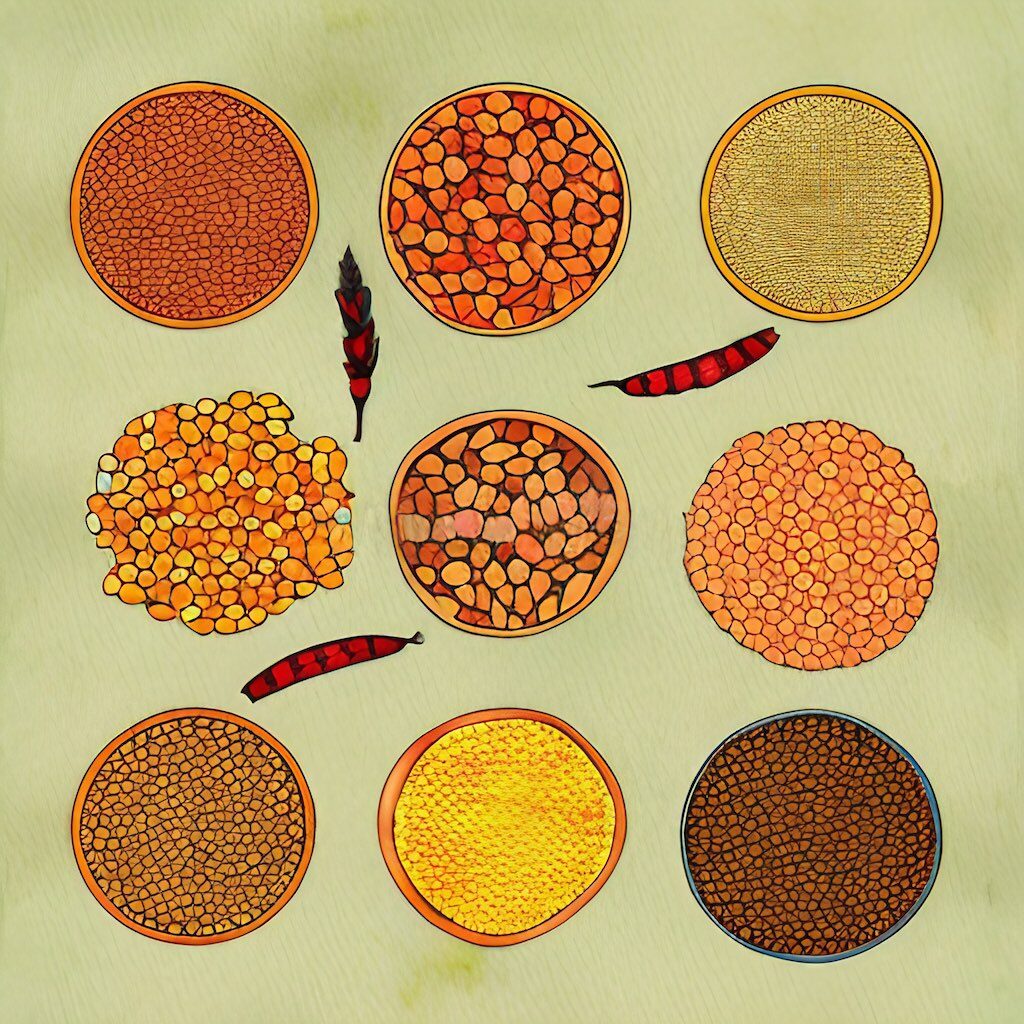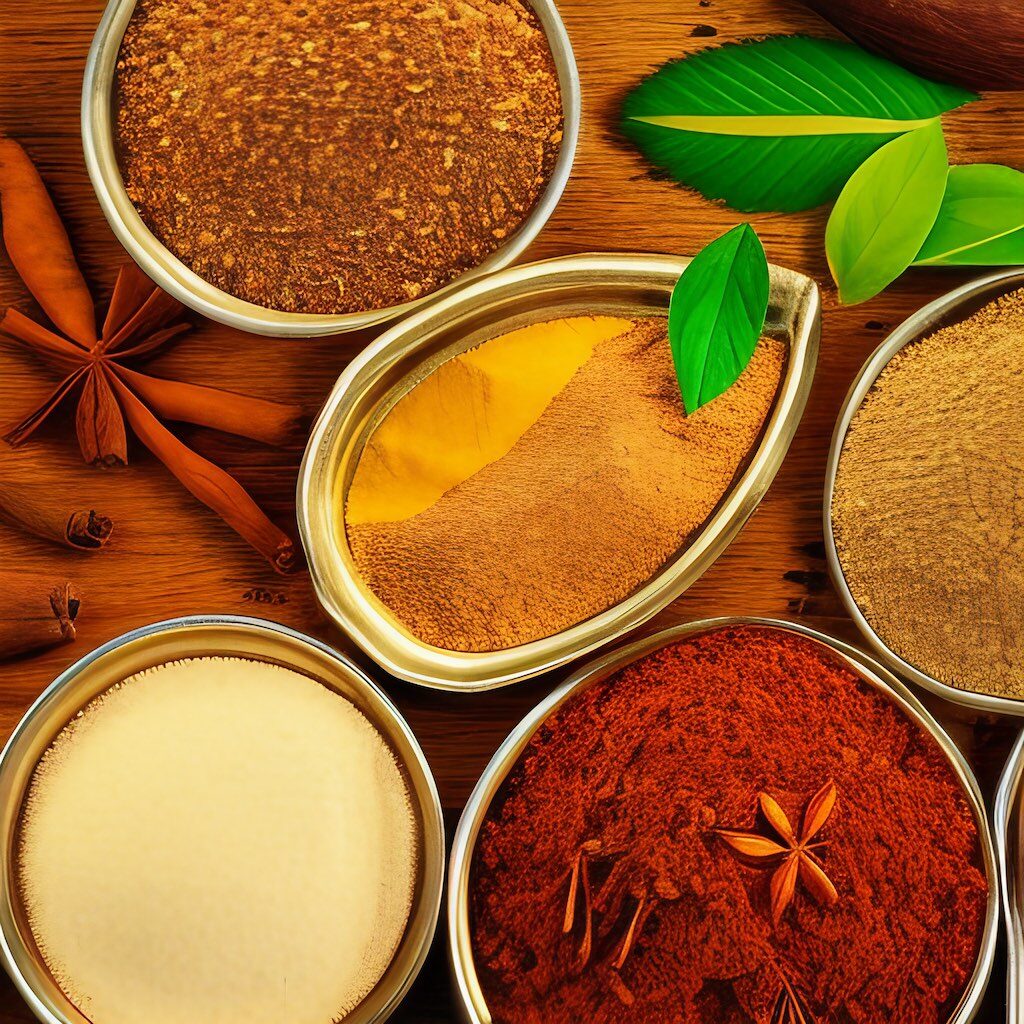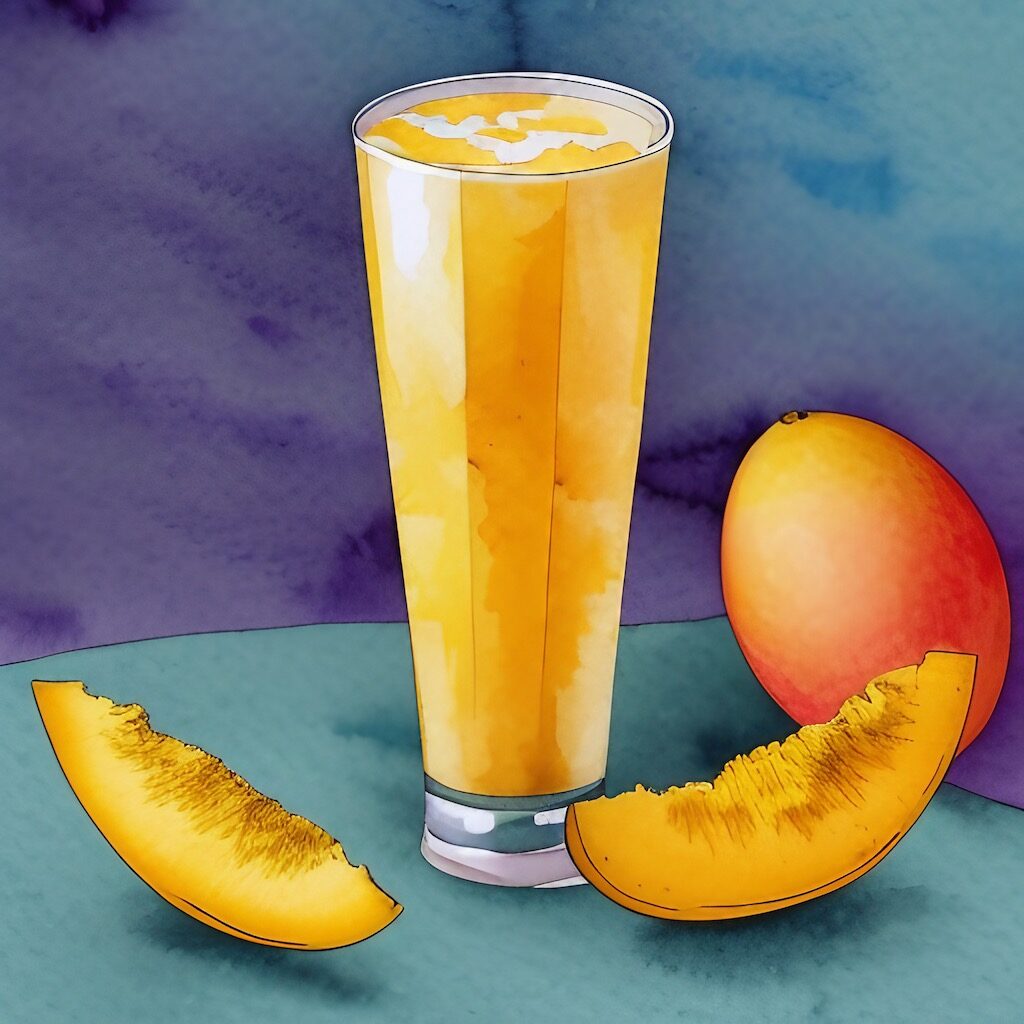
Pomfret (also known as Butterfish) is a fish commonly found in India and Southeast Asia waters. It is a white, firm-fleshed fish with a delicate flavor prized in Indian cuisine. Several species of pomfret exist, including the black pomfret, silver or white pomfret, and golden pomfret. Silver and black pomfret are India’s two most popularly sold fish.
Pomfret has a flavor comparable to white, firm-fleshed fish like cod or halibut. These fish have a mild, slightly sweet flavor and a tender, flaky texture.
Pomfret is not as well known in the United States as in India and Southeast Asia. This fish can often be found in Asian fish markets serving Philippine, Chinese and Southeast Asian communities. If you cannot find pomfret, cod or halibut are good substitutes with a similar taste and texture.
Many delicious Indian recipes showcase pomfret’s delicate flavor and tender, flaky texture. Some of the best dishes to try include:
- Tandoori Pomfret: This popular recipe involves marinating pomfret fillets in a blend of yogurt, spices, and aromatic herbs, then cooking them in a tandoor oven or an oven at high heat.
- Pomfret Curry: Pomfret can also be used in traditional Indian fish curries, such as Goan or Kerala pomfret curry. These dishes are typically made with coconut milk and a blend of aromatic spices.
- Pomfret Masala: For a quick and easy pomfret recipe, try pomfret masala. Simply coat the fish fillets in a mixture of spices and cook them in a pan or on the grill until they are tender and flaky.
- Pomfret Kebabs: Pomfret can also be used to make delicious kebabs. Simply marinate the fish in a blend of spices, yogurt, and lemon juice, then skewer it and grill it until it is cooked.
- Pomfret Fry: For a crispy and flavorful dish, try pomfret fry. Simply coat the fish in a mixture of flour, spices, and lemon juice, then shallow fry it until it is golden brown and crispy on the outside.
